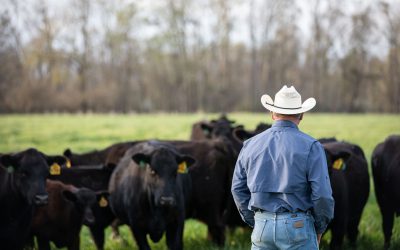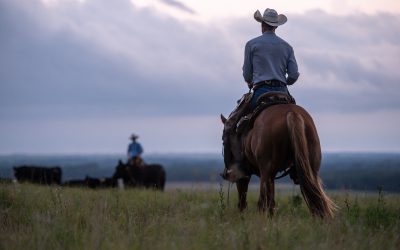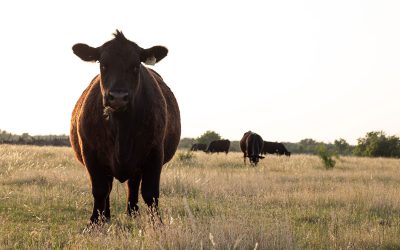
Quality plans
I sometimes joke that I don’t have to know that much, I just have to know which smart people to interview.
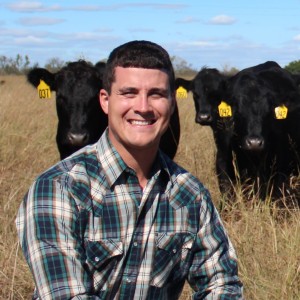
But anybody who has ever written about thiazolidinendione or single-nucleotide polymorphisms knows that’s not entirely true. You have to be able to understand and explain in a way that relates to the audience.
When it comes to genetic selection or health programs or weaning strategies, it helps to know what you’re talking about. For Wyatt Bechtel, associate editor for Beef Today and Dairy Today, it helps to have lived it.
Wyatt grew up near Eureka, Kan., where his family’s primary cattle business is running stocker cattle. That’s where he first uncovered a passion for the industry, which he continued to develop through an agriculture communications and journalism degree at Kansas State University. That’s where we met Wyatt, who interned for us in the summer of 2011.
“I always wanted to work for a beef magazine and getting to work for Certified Angus Beef, that really cemented that’s where I wanted to go,” he says, noting that the 1,400+ mile road trip he took with Steve that summer made a lasting impression.
They visited both commercial ranches, seedstock operations and feedlots on a whirlwind 3-day tour through western Kansas, and the Oklahoma and Texas Panhandle regions.
“That really just brought everything full circle for me,” he said. “It was right when the drought was really starting and that’s something that really had an impact with me.”
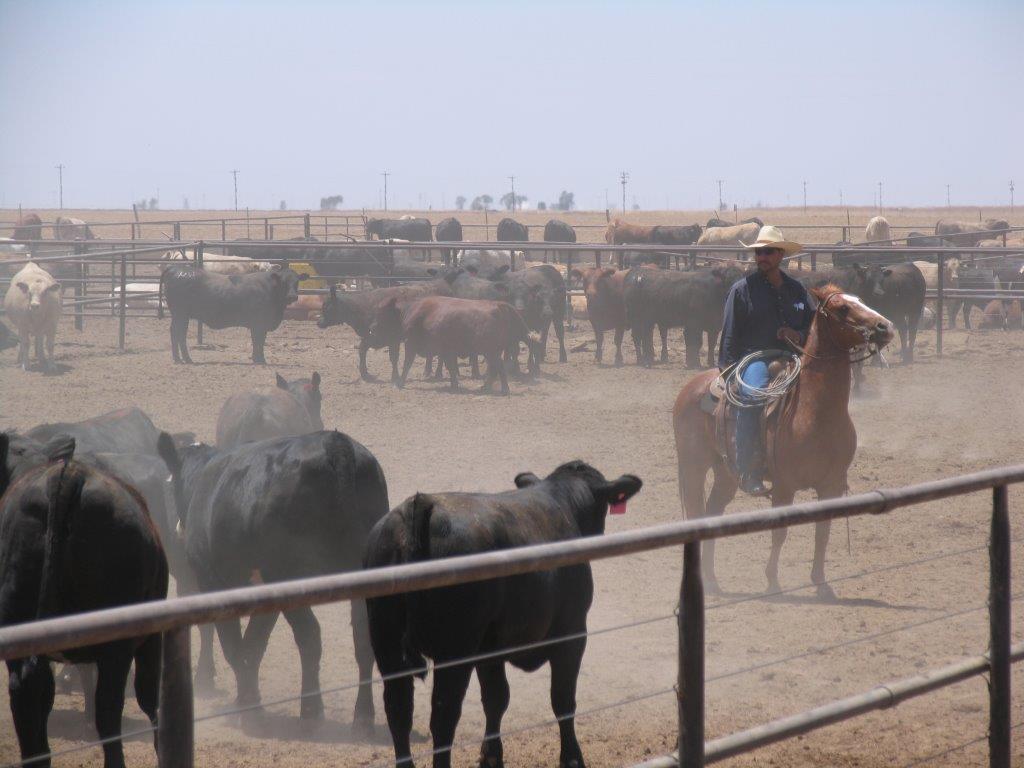
He saw how producers were coping, something he and his family would have to do as the drought continued.
Wyatt also enjoyed learning about less familiar parts of beef production, like he did when he wrote, “BIG, BAM boost beef demand.”
“It was an area that I wasn’t as well-versed in, the meat science side, so I got to learn a lot more and got to interact with some people I normally wouldn’t,” he says.
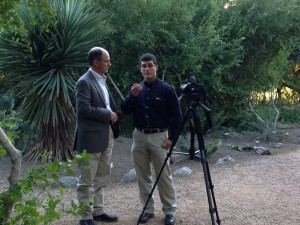
Today, Wyatt is not only writing, but also doing video, editing and providing social media content via Beef Today’s Facebook and Twitter accounts.
It still helps to draw on experience from his “weekend gig.” He helped run more than 3,000 head of stocker cattle this summer and he is part-owner in the 80-head commercial cowherd, making most of the breeding decisions. And as Steve often says of his own cowherd, visiting with ranchers and other experts gives him ideas there, too.
Wyatt and his family sell calves through the salebarn two or three months after weaning, but he when choosing sires he still sets strict minimums for $B, weaning weight and marbling.
After the internship, Wyatt says he started to place even more emphasis on carcass traits. “I knew what I wanted before, but it helped reinforce which direction I wanted to go. I’ve been getting more of a quality focus on our herd.”
Of course, we consider this a successful internship in more ways than one!
May your bottom line be filled with black ink,
Miranda
PS—To catch up with former interns who are now lawyers, researchers, editors and more, check out our entire Throwback Thursday, Intern Edition thread.
You may also like
Progress from small steps
Every day is a chance to learn and get better. Thousands of others like my new friends in Alabama are taking steps to meet the shifts in consumer demand, and to know more. Small steps in the right direction can start now. Even if it’s just recording a snapshot of where you are today, a benchmark for tomorrow.
Not perfect, but working to get better
The CAB Cattleman Connection team heard its name called more than once in the virtual ceremonies, and each time came a sense of personal accomplishment, but even better: confirmation that we’re getting better at our craft. I hope that means we’re doing a better job for you.
Beefed up findings
Frank Mitloehner presents his findings on the animal ag sector’s impact on global warming. He explains how cattle counterbalance other fossil fuel sectors, proving that cattle are a solution and not a threat.

